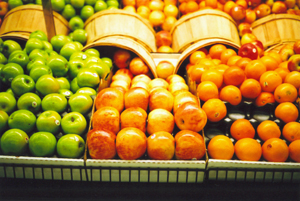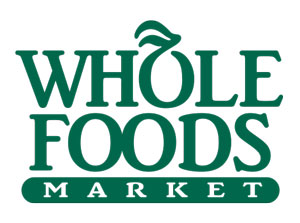Turn on the television or pick up a magazine and you can’t avoid seeing the latest craze – Extreme Couponing. It’s a full time job for many women and it’s become the next big thing. TV shows spotlight shoppers who pay next to nothing for cart after cart of merchandise, and cameras focus on closets of toothpaste and basements full of toilet paper. You can’t help but be interested; after all, who among us hasn’t fantasized about being paid to shop and bring home food for free?
Having a larger than normal size family, I’m always interested in trying to cut my large food bill. The most I’ve ever been able to save is about $25, and although I’m happy to accomplish at least that much of a savings, I’d love to do better. I’ve thought for quite a while about trying to use coupons more successfully, but having spent some time cutting coupons from my local paper I’ve noticed that there’s just one small problem: The vast majority of the coupons I’ve seen have been for heavily processed, high fat or high calorie foods that my family just doesn’t eat. Is it just the reality of extreme couponing that you will have to sacrifice eating healthy in order to save money?
Stephanie Nelson, the Coupon Mom, has a philosophy she refers to as strategic shopping to help save money at the grocery store. “Strategic shopping is not changing the way you eat, it is about changing the way you buy the food that you like. If you are working on losing weight, improving your health, improving your family’s health or all of the above, it is possible to do that while saving money on groceries when you know how to be a Strategic Shopper.” (more…)











